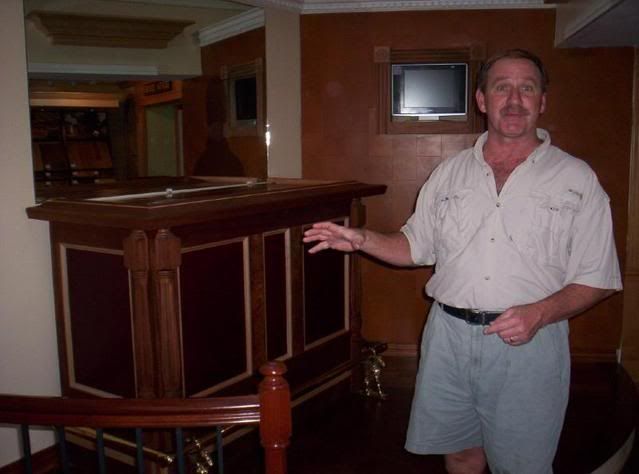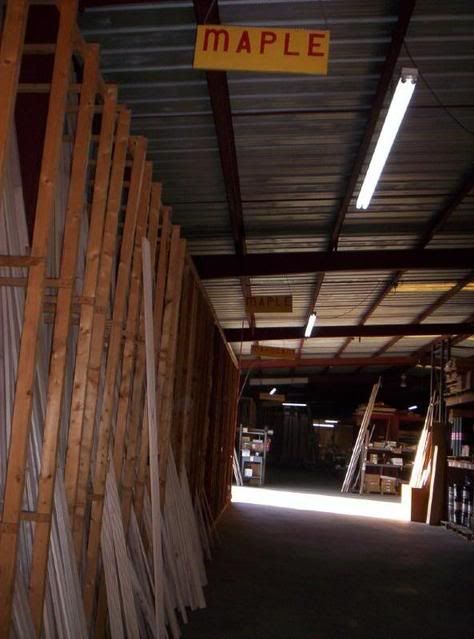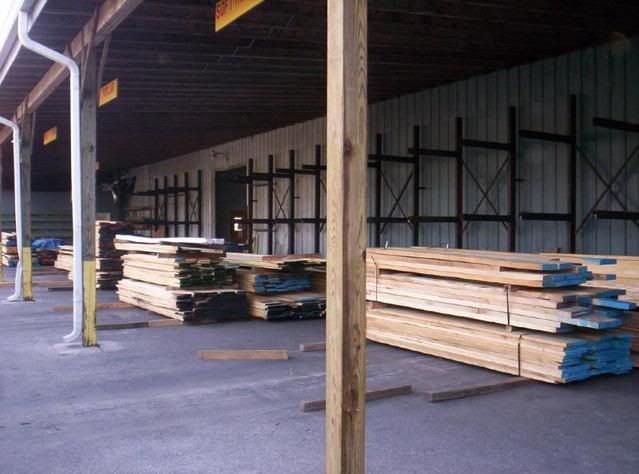 Every weekday morning, my alarm clock goes off at 6 a.m. After I grab a cup of joe, I head to the living room and turn on TV Land to catch an episode of Star Trek. Yes, that classic, campy 1960’s gem of television goodness. As I sip my coffee, I wonder what adventures await the USS Enterprise as she continues on her mission to explore space.
Every weekday morning, my alarm clock goes off at 6 a.m. After I grab a cup of joe, I head to the living room and turn on TV Land to catch an episode of Star Trek. Yes, that classic, campy 1960’s gem of television goodness. As I sip my coffee, I wonder what adventures await the USS Enterprise as she continues on her mission to explore space.
We know a lot about the universe – namely, it’s a really big place. I mean, HUGE. We’re talking about more space than can normally be found between my ears. Which may be difficult to believe.
If this is the case, why is it that no matter where the crew of the Enterprise heads, they run into unknown planets with populations that have to be in the millions? I mean, come on – they go to an uncharted section of the galaxy, and it’s more crowded than a Starbucks during the morning rush hour.
Fascinating.
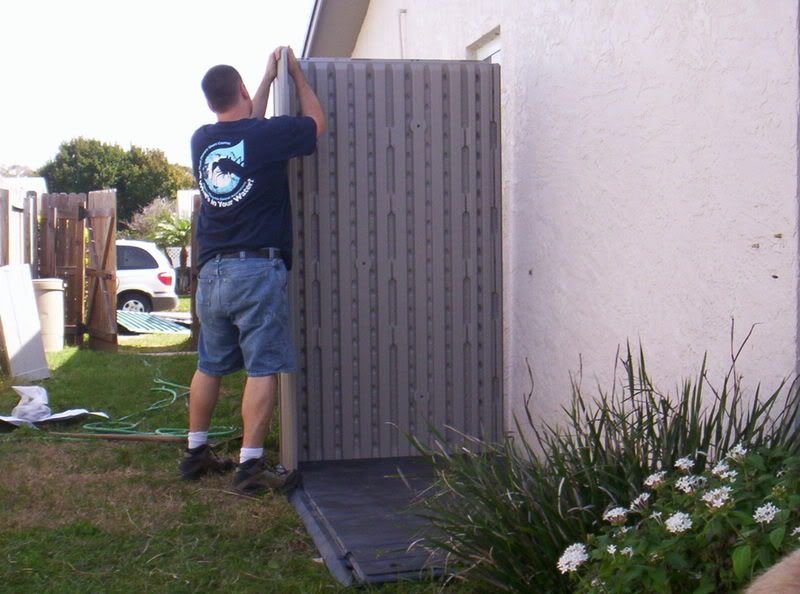 In much the same way, you’d expect that a two car garage measuring 24 feet by 26 feet would be more than adequate to meet all of my woodworking needs and still provide plenty of space for the storage of other family items. Not so.
In much the same way, you’d expect that a two car garage measuring 24 feet by 26 feet would be more than adequate to meet all of my woodworking needs and still provide plenty of space for the storage of other family items. Not so.
Recently, my wife and I got into some rather protracted negotiations about space. My two sons are very active little guys, so they have lots of things they have accumulated over the years. Each had more than one bike. A scooter. A wagon. A bucket of toys for the yard. Basketballs, footballs and soccer balls.
You also have to add on the family stuff. Picnic coolers. A tent we never use. Paint cans from previous home remodels.
 It got so bad that I couldn’t get to my band saw, clamp rack or dust collector, and if I wanted to use the table saw, I had to spend about 20 minutes moving bikes and other items to the driveway. We couldn’t walk out of our double-width garage door without tripping over something!
It got so bad that I couldn’t get to my band saw, clamp rack or dust collector, and if I wanted to use the table saw, I had to spend about 20 minutes moving bikes and other items to the driveway. We couldn’t walk out of our double-width garage door without tripping over something!
I, as Lt. Commander Spock, would reason logically that all of the woodworking tools that I could use to build projects were collecting dust and cobwebs, wasting away in unaccessible corners. My wife, as Doctor McCoy, argued passionately that our kids were still children, dammit, and they had the right to have their toys wherever they wanted. Unfortunately, we didn’t have a Captain James T. Kirk nearby to break the stalemate with his wisdom, charm and unassailable leadership ability.
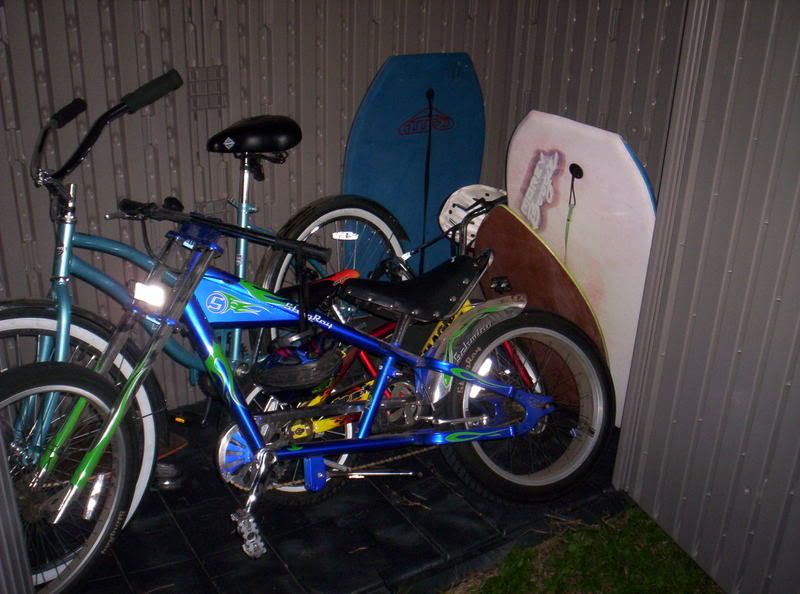 I did the next best thing. I went to the local home improvement center one morning and bought a brand-new storage shed for the side of the house. I didn’t build it. And, at 7 feet wide and 3.5 feet deep, it isn’t the huge, cavernous facility I had envisioned.
I did the next best thing. I went to the local home improvement center one morning and bought a brand-new storage shed for the side of the house. I didn’t build it. And, at 7 feet wide and 3.5 feet deep, it isn’t the huge, cavernous facility I had envisioned.
At last there is a place to store our stuff out of the path of woodworking progress.
The move, coupled with a controlled purge of items the kids had outgrown (Come on, honey, this doesn’t even FIT the kids anymore!), opened up space that I hadn’t seen in years. Not only is it easier to get around, but the clean up has inspired me to rethink my shop storage practices and plan a few long overdue projects to help beat the clutter.
Peace has returned to our corner of the galaxy. For today, at least.







 Visiting this site is like taking a trip in a time machine. Learn how Colonial Virgina masters of the craft built furniture – from the rough lumber do the expertly crafted pieces that grace the homes in this painstakingly restored living history museum campus.
Visiting this site is like taking a trip in a time machine. Learn how Colonial Virgina masters of the craft built furniture – from the rough lumber do the expertly crafted pieces that grace the homes in this painstakingly restored living history museum campus.